|
ABOUT DENTAL IMPLANTS
1. How many
days/weeks advanced notice do you need before
beginning my treatment program?
We need to be notified at least 2 weeks before you
come to Panama, in order to prepare for you a
“day by day” itinerary and confirm your
appointments.

2. How many hours
each day will I be at your facility? How many
days are required to complete the treatment?
Most of the dental treatments need 7 - 12 days
for completion. During these days our lab
technicians will be preparing the permanent
crowns that will cover your teeth.
The hours during each appointment depend on the
process; however, most of the time it takes
between 2 and 3 hours.
3. Why do you
recommend the high noble metal porcelain crowns
to restore my teeth?
Grinding your teeth, an improper bite, age,
fillings and tooth decay can all be contributing
factors in the wearing down, cracking or
breakage of your teeth. Dental crowns cover the
entire visible surface of your affected tooth
and add strength, durability and tooth
stability.

4. What is a sinus
lift? How long a period of time should I wait
for the implant placement after the sinus lift?
Sinus lifts, sometimes called a sinus
augmentation, is surgery that adds bone to your
upper jaw in the area of your molars and
premolars. Once the procedure has been done,
you may be
will need to wait about 6 to 8 months in order
to be able to place the implants.

5. Who is a
candidate for dental implants?
Candidates for dental implants need
to have healthy gums and adequate bone to
support the implant. This is the reason why we
request your dental records and panoramic
x-rays.
If your answer is affirmative to some of the
following questions, you can be considered an
ideal candidate to be treated with implants:
•Have you
lost one, some or all of your teeth?
•Do you have difficulties with your removable
denture (bad retention, pain, etc)?
•Do you feel insecure when you smile, when speak
or eat?
•Has a dentist told you that you have teeth in
very bad shape?
•Is there an area in your mouth where the
corresponding tooth never showed up?


6. What is the difference
between two stage and one stage dental implants?
a)
Traditional: Using the traditional implant
process, placements in the lower jaw need about
three months to heal while placements in the
upper jaw need about six months to heal.
Traditionally, the procedure has been
performed in two steps. The dentist begins by
installing the implant, which was left for three
to six months to heal and integrate with the
jawbone. During the healing period, the patient
was given a temporary prosthesis until the
permanent crown could be put into place.
Traditional dental implants required patients
to sacrifice much of their time and money to
achieve the look and feel of natural-looking
teeth.
b)
One Stage Dental Implant: Osseo (bonding with
your natural bone) integration begins
immediately. No long wait for the bone to heal
before placing the implant. There are no missing
teeth in the mouth because we place your
temporary crowns immediately on the post. The
tooth looks natural while the implant is
healing.
Although the integration of bone tissue and the
implant device takes place normally, the
physical characteristics of the implant device
itself creates the solid infrastructure that
enables immediate use.

7. How the
treatment proceeds?
FIRST APPOINTMENT:
The first step is to place the implants, once
the implants have been placed, an impression is
made. A very accurate model is made from this
impression from which the lab will make the
permanent bridge or the crowns. (Bridges and
crowns are usually made of porcelain with a
metal substructure. The porcelain gives it
esthetics and durability and the metal
underneath allows for strength and a good fit).
When the impressions have been taken, a
temporary tooth is made and it will be similar
to the final bridge and / or crown, though not
as durable. It is cemented with temporary cement
for the days that the lab technicians will be
making the permanents. The temporary keeps the
teeth comfortable and keeps the teeth from
drifting.
Be careful not to eat hard or sticky foods with
the temporaries, since they are not as durable
as your permanent bridge or crowns.
If your temporaries
do come off, it is important to have them
re-cemented to prevent teeth from drifting.
SECOND APPOINTMENT:
Once the bridge or crown is done (7 days after
the first appointment), it is fixed with a
permanent cement.
FINAL APPOINTMENT: Between 12 to 24 hours after
the permanent crowns placement,
you will be scheduled for
the final appointment for final adjustments
and where the doctor will make sure there are no
problems.
8. What are the steps to follow after I make the
decision to visit your clinic?
First of all you should decide on the date you
wish your procedure to begin, bearing in mind
our two week notice policy period.

9. What are the
options to replace the missing teeth?
The first option is place
an artificial titanium root (dental implant)
that will support a porcelain crown.
The next option is the bridge, which
consists on trimming the neighbor teeth, to make
porcelain crowns on them fixed to another crown
that will replace the lost tooth.
The
third is a removable denture, which is retained
by hooks, and stabilized by a plastic or
metallic structure that covers the palate or the
tongue zone. The patient can remove it from the
mouth.
TREATMENT PLA |
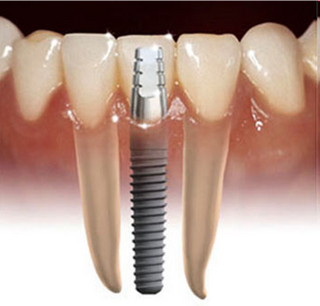
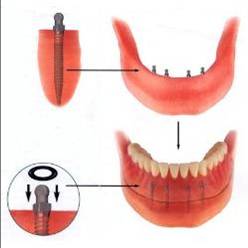
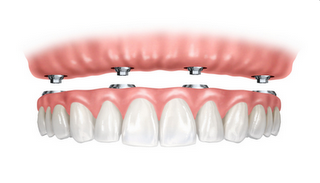

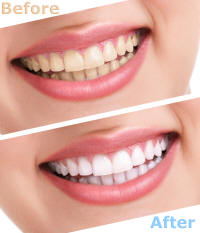
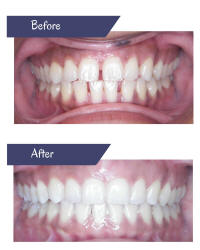
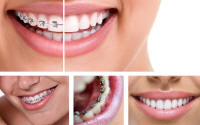
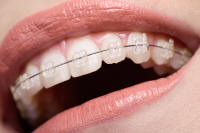




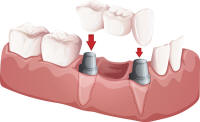

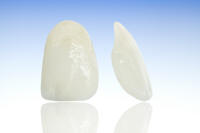

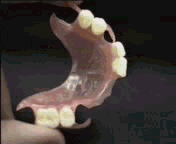





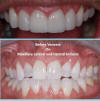











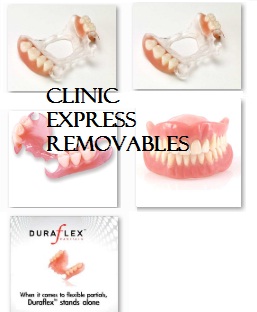

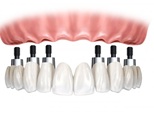
.jpg)
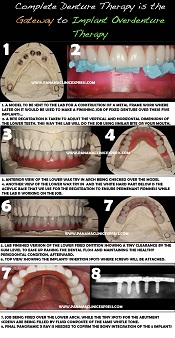


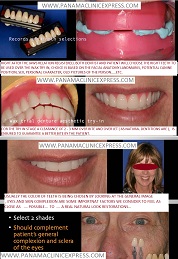



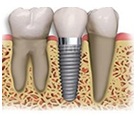
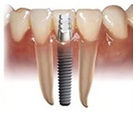
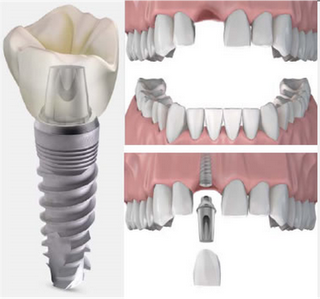


.png)

